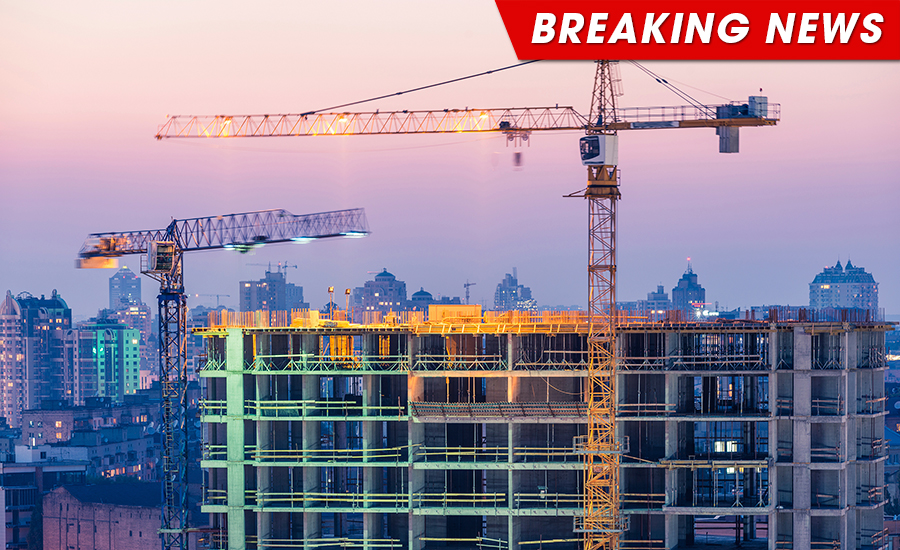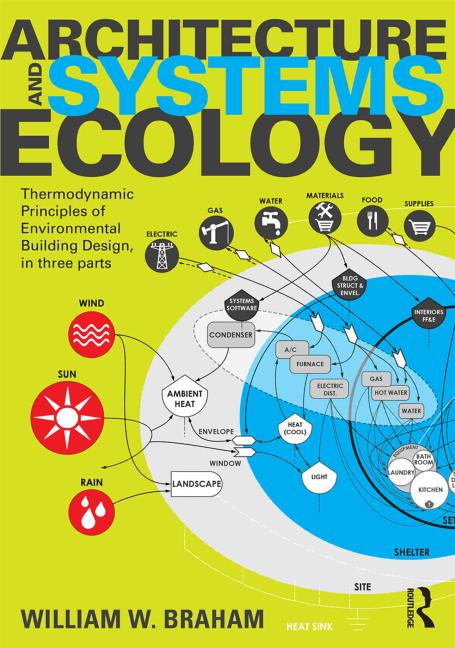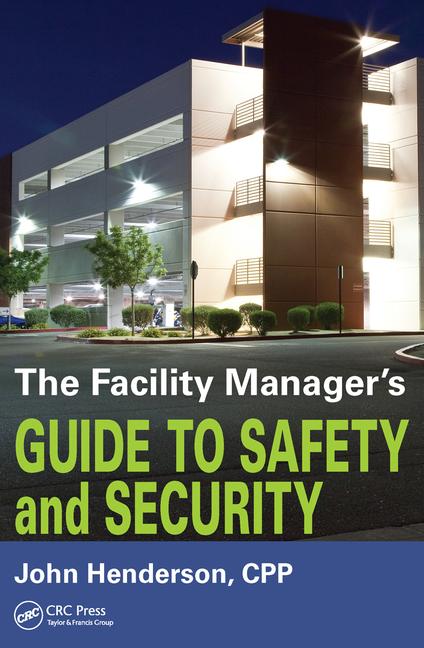AISI Publishes Three Research Reports

The American Iron and Steel Institute (AISI) has published three new cold-formed steel framing research reports: 1) “RP15-3: Advancing Seismic Simulation of Cold-Formed Steel Framed Buildings,” 2) “RP17-1: Experimental Study on System Reliability of Cold-Formed Steel Roof Trusses,” and 3) “RP17-2: Monotonic and Cyclic Response of Single Shear Cold-Formed Steel-to-Steel and Sheathing-to-Steel Connections.” All of the research reports are available for free download here.
Each research project was undertaken to increase knowledge of the behavior of cold-formed steel in order to advance design efficiency and ensure safety. The reports cover the following topics:
- “RP15-3: Advancing Seismic Simulation of Cold-Formed Steel Framed Buildings” – This report advances performance-based seismic design of cold-formed steel framed buildings by introducing computationally efficient and accurate modeling tools that predict the behavior of the building, the individual cold-formed steel components, and connections in a seismic event. The research was conducted at Virginia Tech.
- “RP17-1: Experimental Study on System Reliability of Cold-Formed Steel Roof Trusses” – This experimental study of cold-formed steel roof trusses is part of a project funded by the National Science Foundation, “Advancing System Reliability With Application to Light-Framed Structures.” Test data are provided for examining cold-formed steel structural reliability in roof trusses as a system versus individual components. The research was conducted at the University of North Texas.
- “RP17-2: Monotonic and Cyclic Response of Single Shear Cold-Formed Steel-to-Steel and Sheathing-to-Steel Connections” - This research project resulted in the development of load-deformation response models to simulate the performance of screw fasteners in a seismic event. Since screw fasteners are the primary connectors in light steel framing, this research provides designers with more accurate performance-based data for conducting whole building seismic analysis. The research was conducted at Virginia Tech.
Looking for a reprint of this article?
From high-res PDFs to custom plaques, order your copy today!






